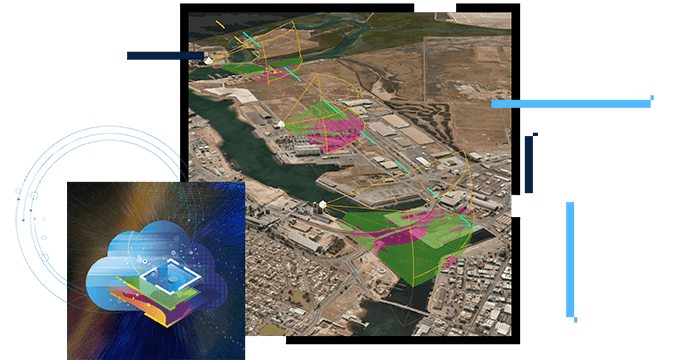Communicating the analysis
Modern intelligence products are dynamic and interactive. ArcGIS provides tools for communicating analytic results through simple applications like the following:
- Situational awareness dashboards
- Story maps
- Analytic dashboards
- Intelligence briefings
- Apps that are integrated into Microsoft Office
Using this approach, integrated intelligence products are always up-to-date. These products maintain their relationship to the source data and tradecraft, so reproducing and integrating the intelligence are streamlined.





